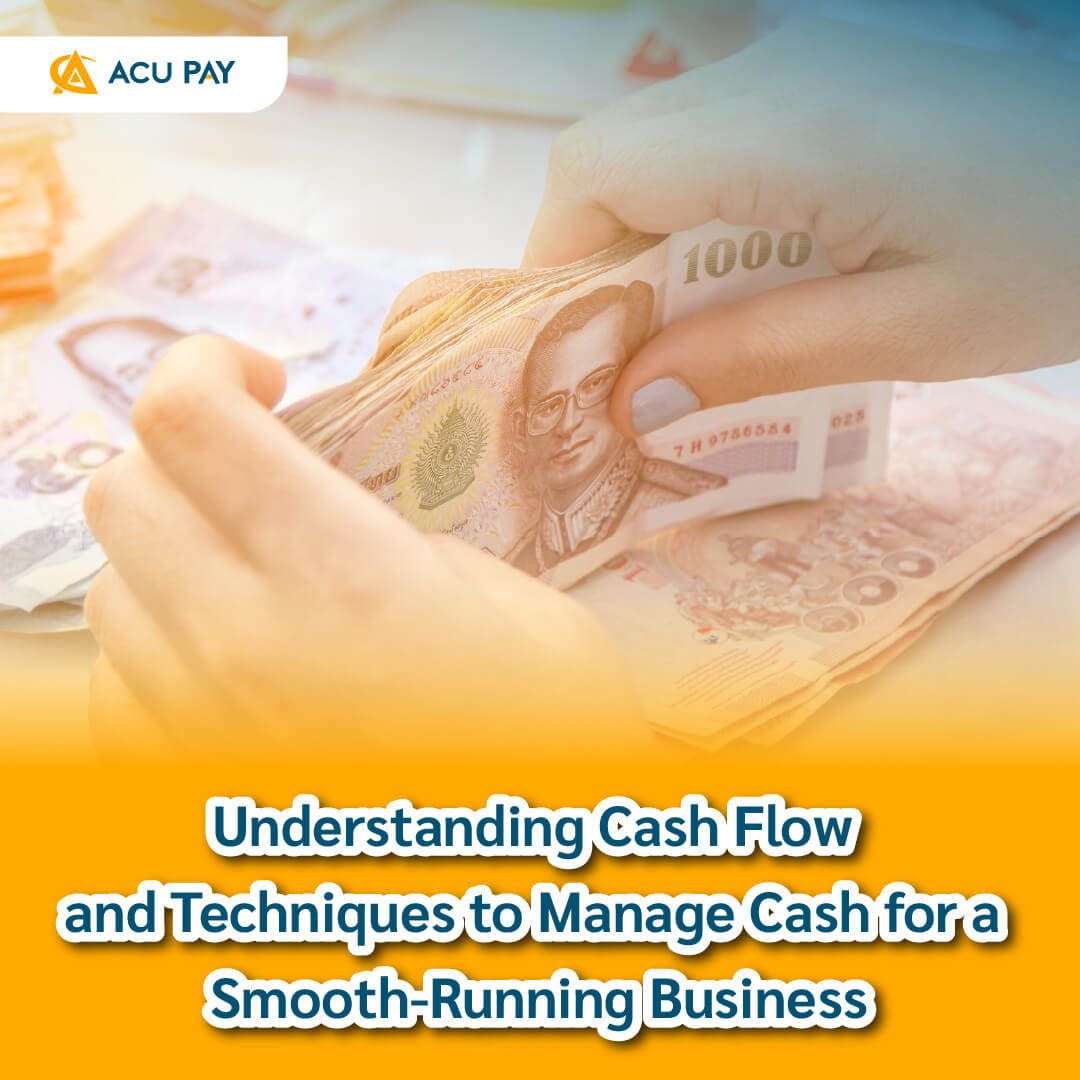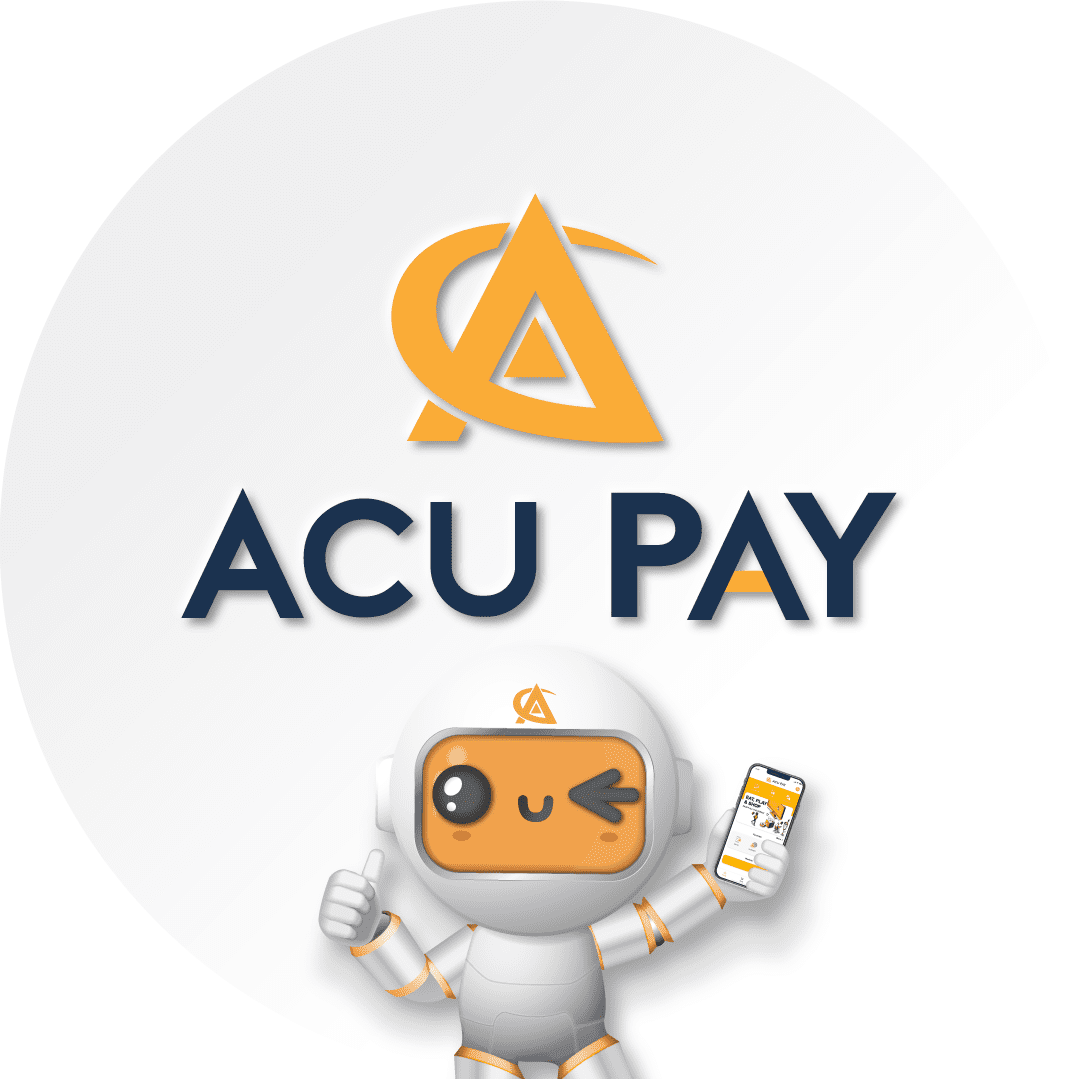

As we all know that employers pay wages as banknotes and those banknotes can be used in buying goods. However, in ancient Roman times in 600 BC, Roman soldiers received a monthly allowance called ‘salt’.
For the Romans, ‘salt’ was a very valuable thing, it was even called ‘white gold’ because in those days, preserving food needed salt as the main ingredient so that meat and fish would not spoil easily.
The Romans also put salt in wine to preserve wine instead of a rare cork to preserve wine. One day, they created a salt source by retaining seawater from the Tyrrhenian Sea, forming a shallow pond near the port city of Ostia of Rome to store water and wait for the heat of the sun to evaporate water, forming salt crystals.
The word ‘salt’ or ‘salarium’ in Latin has evolved into the word ‘salary,’ which means current salary.
The ancient Egyptians were often paid in money and used the money to buy food. To ease their difficulties, they made ‘bread’ and ‘beer’ into daily allowance instead. To be fair in receiving bread and beer equally, Egyptian rulers standardized trays and bread-making ingredients so that each loaf has the same size and nutritional value, and also standardized grain, size, and shape of jars in beer fermentation.
Another notable currency is the use of ‘cacao beans’ by the Aztecs of Mesoamerican civilization. At that time, cocoa beans were considered rare and valuable. They used them to pay for food, clothing, and gifts, including worshiping gods.
Not only do Aztecs use cocoa beans, but the Mayans of Central America use them as well, configured as follows: 1 slave is worth 100 cocoa beans, 1 prostitute is worth 10 cocoa beans, and 1 turkey is worth 20 cocoa beans.
The value of cocoa beans can be estimated to be 200 cocoa beans worth 1 Spanish real, equivalent to about 26 grams in the current dollar. That means 200 cocoa beans are worth about 16 dollars.
At a certain period, ‘compressed tea’ became valuable and widely used as currency in China, Mongolia, Siberia, Tibet, Turkmenistan, and Russia in the 9th century. This compressed tea was made by steaming several tea leaves, then compressing them into molds, and drying them in the sun till they set.
The reason why compressed tea is precious is that compressed tea is a medicine that relieves coughs and colds. In poor areas, tea leaves are also necessary to live in place of rare vegetables and herbs.
Especially in Tibet, the price of swords, horses, and wages would be set to the amount of compressed tea. In Mongolia, cows and wood are also traded with compressed tea. Travelers still consider compressed tea easy to carry, and rarely at risk of being robbed.
The value of compressed tea is determined by the quality of tea leaves through color, leaf characteristics, and fermentation process. If compressed tea is of the best quality, it will be dark brown, but if the compressed tea is dark yellow, it will be the least quality compressed tea.
In Italy, things used as collateral for loans are not only houses, shops, and land, but ‘Parmesan Cheese’ can also be used instead. This may sound incredible, but this is the real case in 1953 when Credito Emiliano bank, an old bank in the Emilia-Romagna in the northern part of the country, decided to accept Parmesan Cheese or Parmegiano Regiano in Italian as collateral for the loans of farmers who want to use money for their careers.
This is because Parmesan cheese was produced in a few places at the time, one of which was Emilia-Romagna, the city where the bank was located. One large Cheese Wheel uses up to 131 gallons of milk on average in production, so cheese of that size is worth more than 1,000 dollars or about 35,000 baht. The bank will keep the cheese well-maintained in large, temperature-controlled warehouses until the product is ready for market.

ให้ทุกเรื่องการเงินเป็นเรื่องง่าย เริ่มต้นวันดีๆ ไปกับเรา MAKE A GREAT DAY WITH ACU PAY